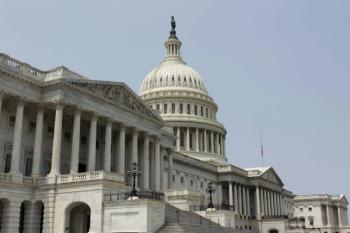
Neutralizing Antibodies and Mild SARS-CoV-2 Infection
Novel infectious diseases carry with them inherent challenges for public health, healthcare, and infectious disease response. For SARS-CoV-2/COVID-19, some of these challenges are about understanding disease transmission, like cases of situational airborne spread, and how to communicate these nuances to the public.
Other challenges include therapeutics, testing, and understanding the length of contagiousness. Understanding the subtle nuances of a novel virus takes years and we’ve made remarkable progress in the last 10 months. Unfortunately, there are several questions that still remain and require continued research and awareness.
As we inch closer to a year of the COVID-19 pandemic, one of the most prominent questions remains—how does immunity work? Moreover, how do the antibody responses work in the most common cases—those of mild illness. A
Beginning in March of this year, researchers from Mount Sinai Health System initiated a new process to begin screening individuals for SARS-CoV-2 antibodies so that they could volunteer as donors for convalescent plasma therapy. This screening process pulled data on PCR-confirmation of infection, suspected disease, or those who were physician-diagnosed as having COVID-19.
Seven months and over 72000 individuals later, they had 30,082 positive individuals. The authors noted that “of the 30082 positive samples, 690 (2.29%) had a titer of 1:80, 1453 (4.83%) of 1:160, 6765 (22.49%) of 1:320, 9564 (31.79%) of 1:960, and 11610 (38.60%) of 1:2880.
Thus, the vast majority of positive individuals have moderate-to-high titers of anti-spike antibodies.
Within this study the authors noted that in mild COVID-19 cases, seroconversion might take longer and that titers declined to those of day 30 on day 148. For example, one person within this patient group had an initial 1:80 titer and dropped to negative on day 82. The research team noted that, “that titers are relatively stable for at least a period approximating 5 months and that anti-spike binding titers significantly correlate with neutralization of authentic SARS-CoV-2. Our data suggests that more than 90% of seroconverters make detectible neutralizing antibody responses. These titers remain relatively stable for several months after infection.”
This information is particularly helpful as we begin to navigate through immunity and re-infection conversations. There is still a lot we’re determining in regard to infection and reinfection, let alone for how long one might be protected.
In general, there is some protection for a period of time. This research in particular emphasizes that those who had a mild COVID-19 illness do have a robust antibody response that have shown neutralization of SARS-CoV-2. The researchers note that they’ll continue to follow this cohort to better understand antibody responses and reinfection.
Overall, this reinforces the need to invest in more research into understanding protection from the virus and the fluctuations of antibodies in relation to the spike protein. This knowledge in particular can help us drive change in understanding not only reinfection and immunity, but also hospital and public health response for identifying new cases and using isolation precautions.
Newsletter
Stay ahead of emerging infectious disease threats with expert insights and breaking research. Subscribe now to get updates delivered straight to your inbox.


















































































































































































































































































